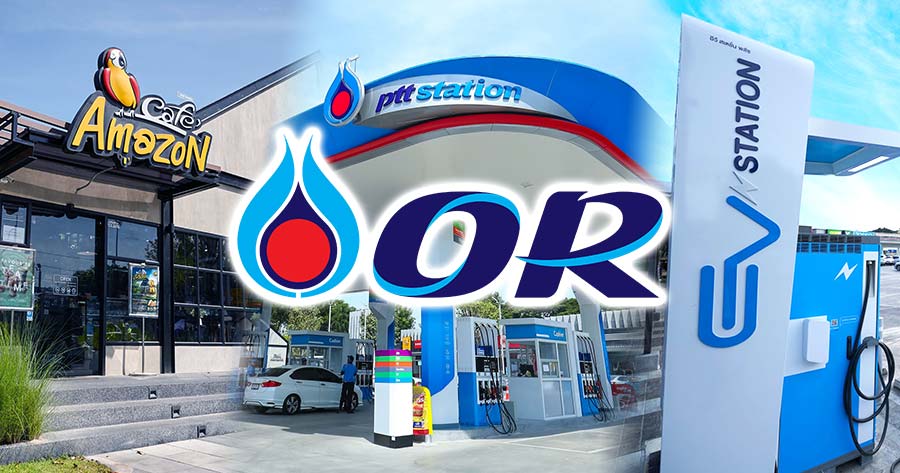M.L. Peekthong Thongyai, Chief Executive Officer of PTT Oil and Retail Business Public Company Limited (SET: OR), stated that the company is focusing on increasing the revenue proportion from its lifestyle business, which currently accounts for 4-5% of total revenue but delivers approximately 30% of total profit. Raising the revenue proportion from the lifestyle business will significantly enhance OR’s overall business opportunities, given the higher profit margin in this segment. Regarding oil prices for 2026, they are expected to remain stable at around USD 60-75 per barrel.
Meanwhile, OR has set a daily customer target focused on increasing service station visits to expand market share and business opportunities. The company aims to increase the number of daily service station customers to 5 million by 2028, up by about 1 million from the current 4 million users per day. By 2026, the number of service station customers is expected to be 4.3 million per day, which should help raise market share from 36% to 40% in the future.
Service stations also have the responsibility to establish charging stations to build public confidence in using EV, increase the number of charging points, and extend the average usage time per charger.
Currently and in the near future, the most suitable charging points for both cars and the national power system are those with 120-180 kilowatts capacity, taking about half an hour to fully charge. Digital technology is also leveraged, such as the EV Station Plus application, enabling customers to check charger locations and make reservations in advance. OR is also investing in digital transformation, including the Intelligence Station Project, with a goal to install about 200 Intelligence Stations in prime areas this year to better understand customer behaviors.
In adapting service strategies to accommodate changing customer dwell times, the transition to electric energy has significantly altered the duration customers spend at service stations. While refueling takes about seven minutes—allowing customers to shop at 7-Eleven—charging an EV takes around 30 minutes. As a result, services that can be utilized within this duration, such as laundry, dining, and coffee drinking, are being introduced.
On the issue of the dispute between Thailand and Cambodia, the number of OR stations in Cambodia has dropped to about 150 from over 200 previously. Of all stations, about 10% are owned by OR, and 90% by Cambodian dealer-investors. As a result, around 30-40 dealers switched brands. Café Amazon outlets in Cambodia are also down to about 150 branches, which led to a 50-60% decline in sales there. However, this only accounts for 2-3% of OR’s business and is not impactful overall. OR expects to finalize its investment plan on this matter by the end of the year or, at the latest, by January 2026.
Regarding Café Amazon in Vietnam, the outlets have ceased operations as expansion beyond the 20-30 branches previously opened was not possible. OR’s success formula in Thailand could not be replicated in Vietnam, given strong local competition and significant hidden costs. With only 20-30 outlets, it was not justified to cover the high corporate headquarters costs, unlike in Thailand where over 4,000 outlets keep per-branch costs significantly lower.
Nevertheless, OR continues to drive the national energy transition via comprehensive EV infrastructure. Thailand targets Net Zero by 2050, and OR is advancing its EV Station PluZ business, strengthening its business ecosystem and expanding the EV charging network nationwide. The target is to install 7,000 DC chargers by 2030. Currently, OR has over 3,300 chargers installed across PTT Stations, LPG stations, NGV stations, and other high-potential commercial areas, both inside and outside PTT Stations.





